Goldpine
Hēpara Cashmere: Shepherding White Gold
Situated at the front of the rugged Catlins Ranges lies Hēpara Cashmere, a cashmere goat farm with David Shaw at the helm. For nearly 40 years, Hēpara has been home to these intelligent, curious and luxuriously fluffy animals. David shared with us the story of his farm and his fascinating journey of integrating cashmere goats into the New Zealand agricultural landscape.
Growing up in a farming family, David’s roots in the district run deep. In 1991, he moved from the family’s home farm in Clydevale to Waiwera South, where he began to shape Hēpara Cashmere into what it is today. Hēpara, a Māori verb meaning “to shepherd” or “to feed”, perfectly encapsulates the heritage of the farm. Spanning approximately 250 hectares, it is a balanced operation, running 20% of its stock units as cashmere goats, 30% cattle, and the remaining 50% sheep.
David’s interest in cashmere goats sparked during his time at Lincoln University, followed by two years studying American agriculture in the U.S. “My interest in goats started way back then, in an animal science lecture” David recalled. He saw an opportunity in goats, when Dawson’s International came to Australia and New Zealand looking for cashmere prospects in the feral goat populaces.
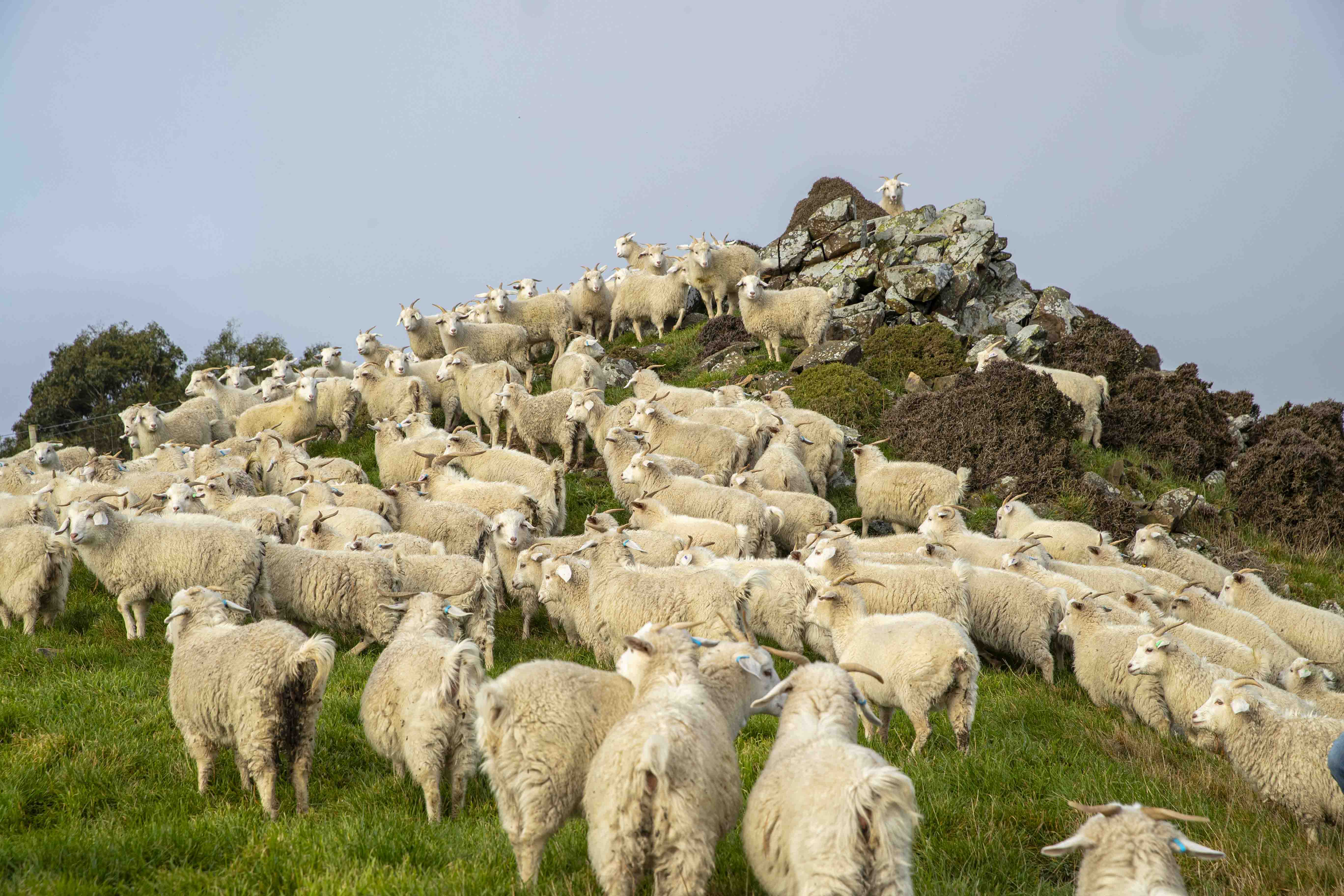
Despite the boom and subsequent crash of the goat industry in the late 1980s, David’s commitment to breeding and selecting for cashmere never wavered. Over the years, Hēpara Cashmere acquired high-profile flocks and genetics, leading to significant improvements in their stock. By 2015, after years of directorship at Silver Fern Farms and involvement with other cooperative companies, David refocused on the farm’s goats. Recognising the stable demand for cashmere in high-end textile markets, particularly in Europe, Asia, and America, he set out to explore the market potential.
“Cashmere is an unusual industry. There’s an established market that wants our product, but we need supply. Usually it’s the opposite, so it’s a unique position to be in.” Yet, he explained, “we had to identify three things: is the animal commercially viable? Does it produce enough fibre of the best quality? Is there someone out there that actually wants to use it and can process it in New Zealand?”
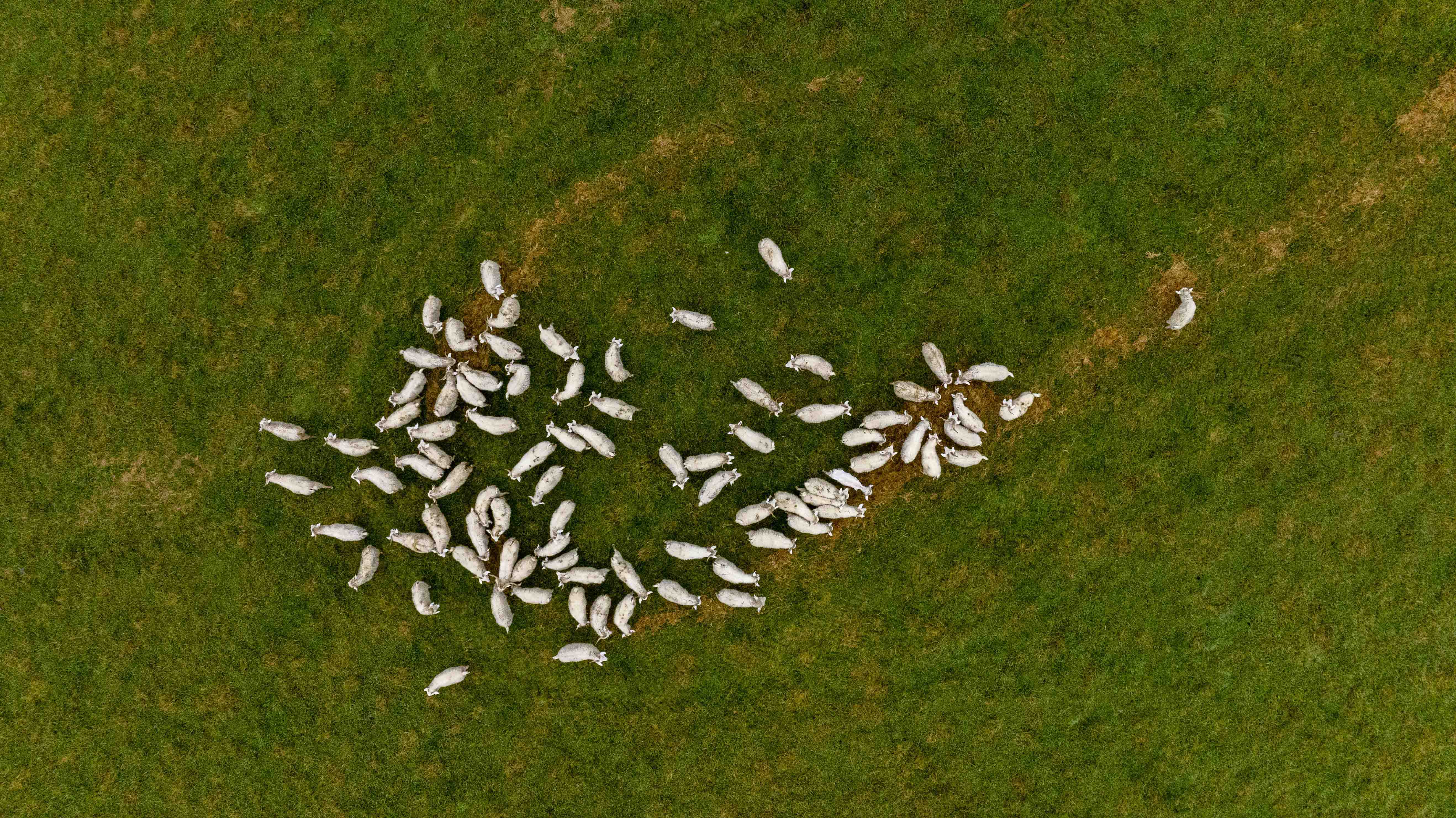
With affirmative answers to these questions, David embarked on a journey to connect his high-quality cashmere fibre to eager markets. Encouraged by industry leaders like Garrick Batten, Peri Drysdale, and Andy May at Woolyarns, he found support for his vision of a New Zealand provenance cashmere sector.
The farm’s goats now boast impressive fibre quality, which ranges from 12 to 18 microns, comparable to the best international cashmere. “The doe kids, when we shear them, are about 14 microns, and the does average about 16,” David noted. The value of cashmere, trading at five to six times the value of similar micron sheep’s wool, makes it a lucrative endeavour. Despite goats producing less fibre than sheep, the high value per kilogram ensures profitability.
“Our first goats we bought in 1985 had been captured off the hills in the North Island and were multi-coloured. Soon after, we bought some cashmere bucks, and we have now transitioned those original goats into all white animals for many generations,” David described. “It’s interesting today, when we breed our cashmere bucks with those multi-coloured goats, just about all the kids come out white. So in one generation, you can jump from a foundation feral doe to producing 14-15 micron cashmere at over $150 a kilo.”

The process of shearing and processing cashmere is meticulous. With around 1,500 goats, David utilises both professional shearers and personal efforts. Fleeces are carefully layered in a fadge (which is a package of wool in a wool-bale that weighs less than 100 kilograms) with newspaper sheets and sent to New Zealand Cashmere for classing and grading. The fibre is then processed and farmers are paid based on the quality they deliver.
David highlighted the unique advantages of raising cashmere goats. “Our goats, when you look at them, are white and fluffy, and for a lot of farmers, they see them as being similar to sheep. Which, in some respects, they are, but in many respects they’re totally not. A goat’s personality is more like a dog than a sheep. They’re very intelligent and very curious. They also learn very quickly, and they learn good habits and bad habits. But we can use some of those features,” David emphasised, adding also that “goats have a light footprint,” making them an environmentally friendly option.
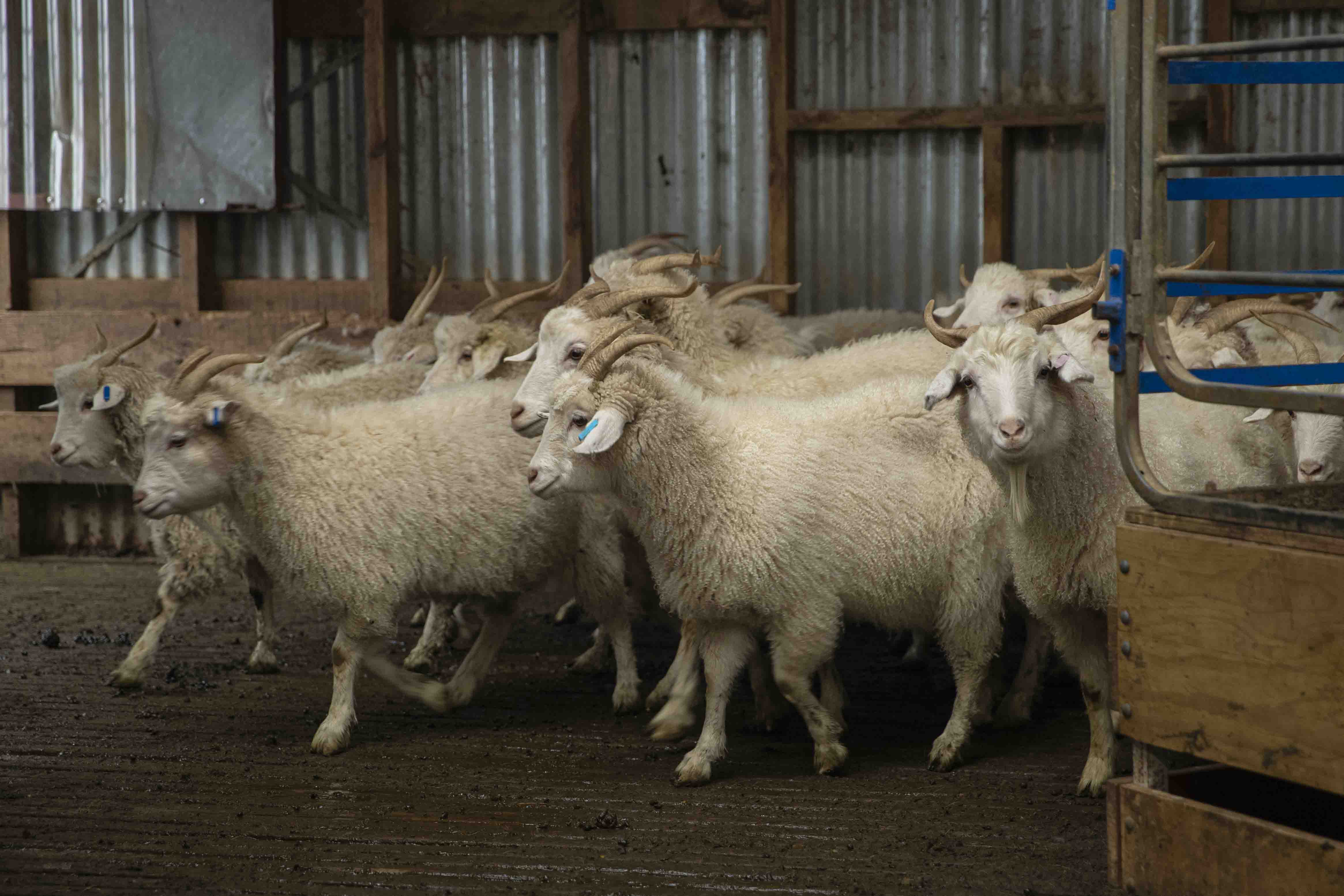
The primary challenge for cashmere goat farming in New Zealand, David described, is changing farmers’ perceptions. The 1980s left a tarnished view of goats, but today’s farmers face a constantly changing environment and turbulent market, forcing them to seek innovative solutions to combat the challenges ahead. David believes that the commercial viability of goats and the support from companies like Woolyarns provide a compelling case for farmers to consider integrating goats into their operations.
“Farmers today are asking questions like, how are we going to survive? How are we going to grow our farm businesses? How do we overcome low commodity prices, high interest rates, and rising costs? Of course, you’ve got to have some commercial realities behind the product and the animal, and the investments that companies like Woolyarns has made it possible to process the fibre onshore and convert it into some absolutely world class textiles and yarns that go into the international marketplace. This is a totally different space from where we’ve been in the past.”
He added further, “goat as a farming option provides a number of opportunities for farmers that aren’t there with other livestock classes. They can overcome a lot of the environmental issues around chemicals, stock and waterways, and heavy nutrient outputs. They graze, browse, and forage differently to traditional livestock, which enables them to consume pasture that’s otherwise wasted. So, all these factors enable the goats, and how farmers use them on their farms, to add to their farm business.”

Hēpara Cashmere and New Zealand Cashmere offer workshops promoting the benefits of cashmere goats to farmers interested in trying them out. “Once farmers overcome the perception goats are hard to keep in, they see what goats can add. A simple electric outrigger wire at knee height on our sheep fences is very effective,” David highlighted.
After 40 seasons farming, supporting mental well-being is important at Hēpara Cashmere. “Farming can be an isolated business. I’m working most of the time by myself, and have spent a lifetime breeding my goats. We enjoy our family time and new grandchildren. It’s nice to get away from the farm from time to time. We have a boat, although it doesn’t get wet often enough,” he shared with a laugh. “We like getting down onto the lakes in Fiordland. We’re very poor fishermen. We don’t catch many.”
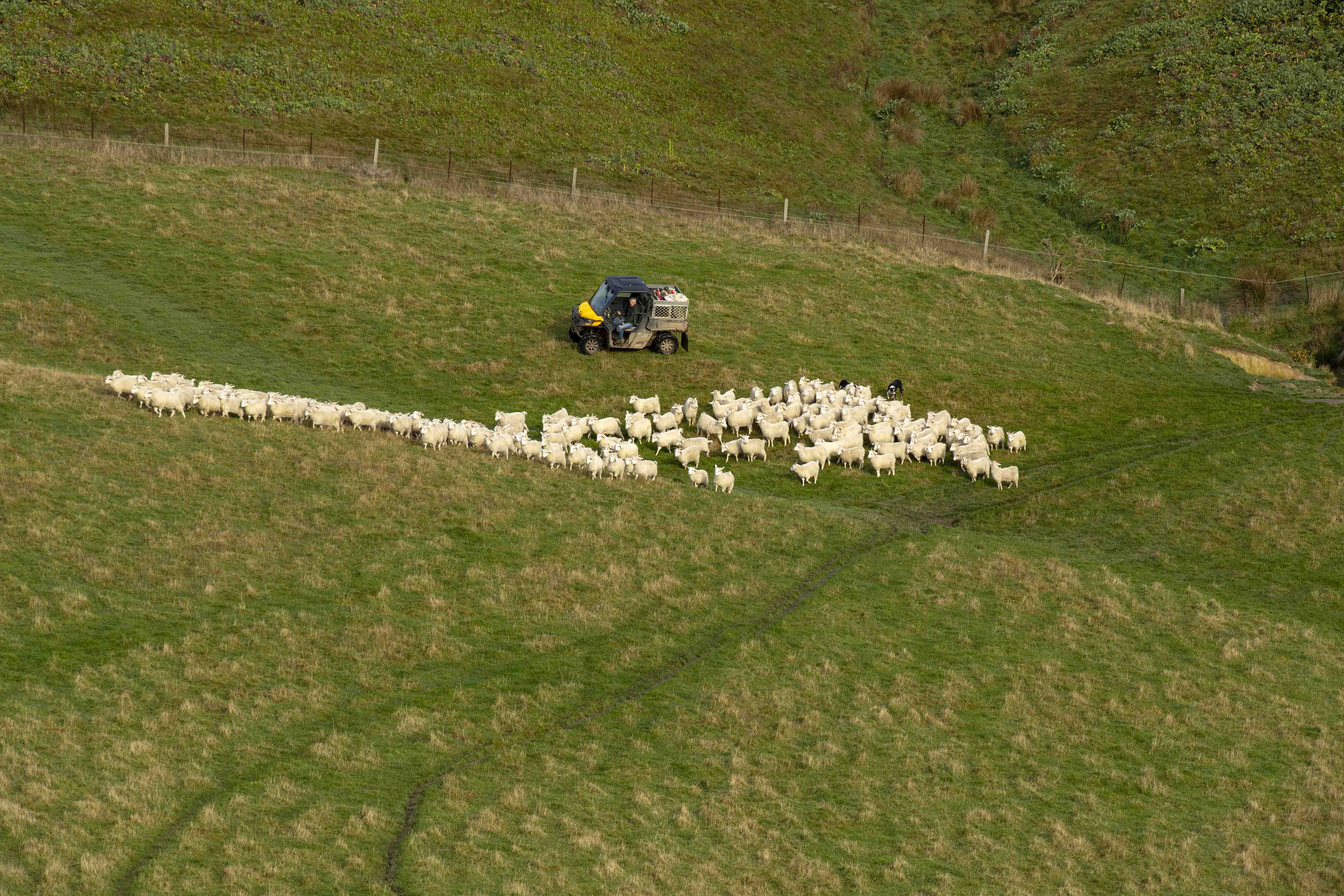
Looking ahead, Hēpara Cashmere aims to continue improving their genetics and fibre quality. With a unique genetic base and industry-leading techniques, they are excited to support and grow the cashmere industry for New Zealand. David’s daughter, Kelsey, who grew up rearing and bottle feeding goats, now plays a crucial role in data analysis for their farming operations. Kelsey, and her partner, Mitch, are both closely involved in guiding Hēpara towards a successful future.
“In lots of ways we’ve got to make our own future. And it won’t be doing necessarily what we’ve done in the past. It’s hard throwing those shackles off and trying something different. We probably won’t be doing what we’re doing today, in 20 years’ time. There’ll be aspects of it, but we never quite know what’s around the corner. So our goat opportunity gives farmers another string to their bow. And maybe somebody wants to get on board and go on the journey with us.” David concluded.
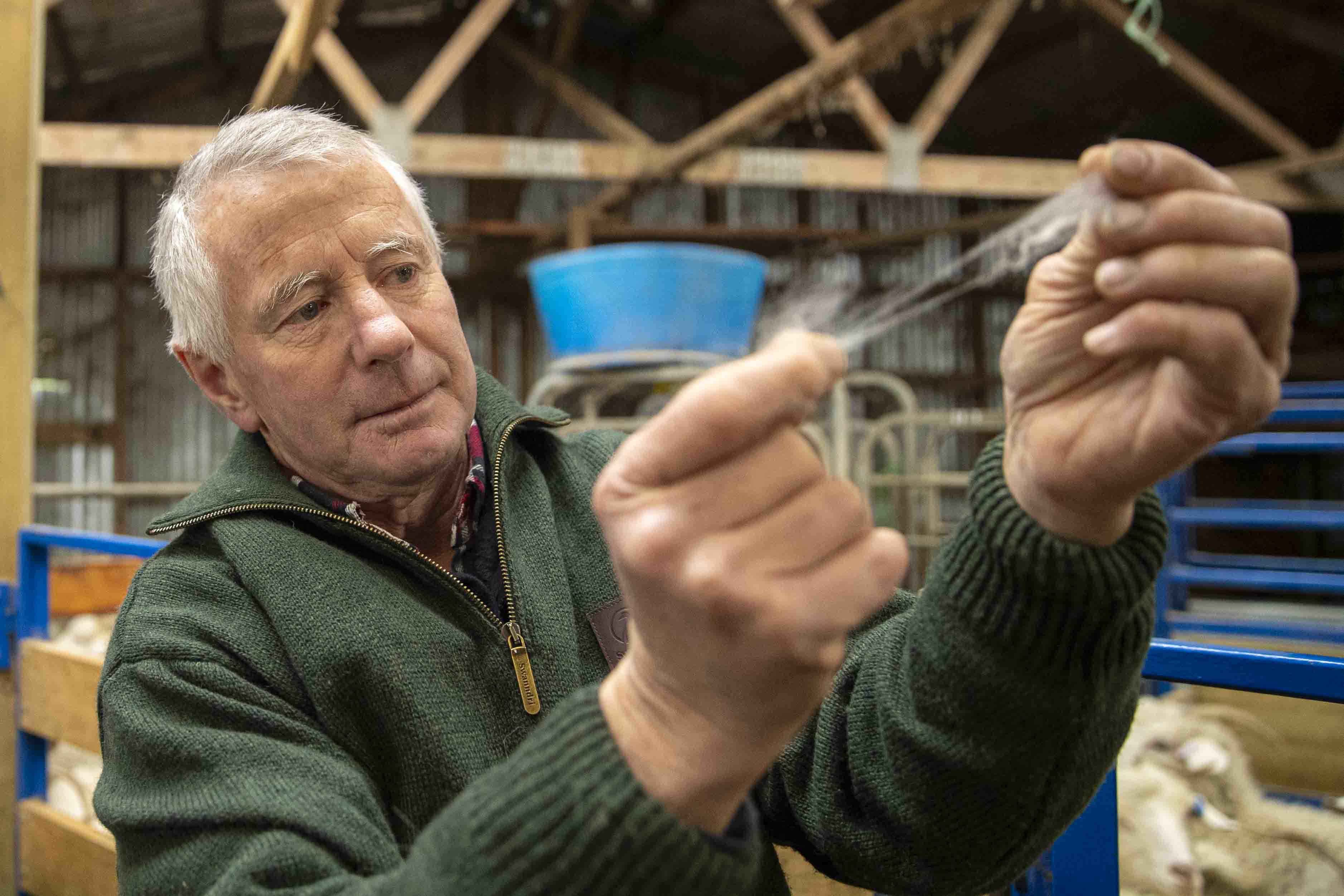

.png)

